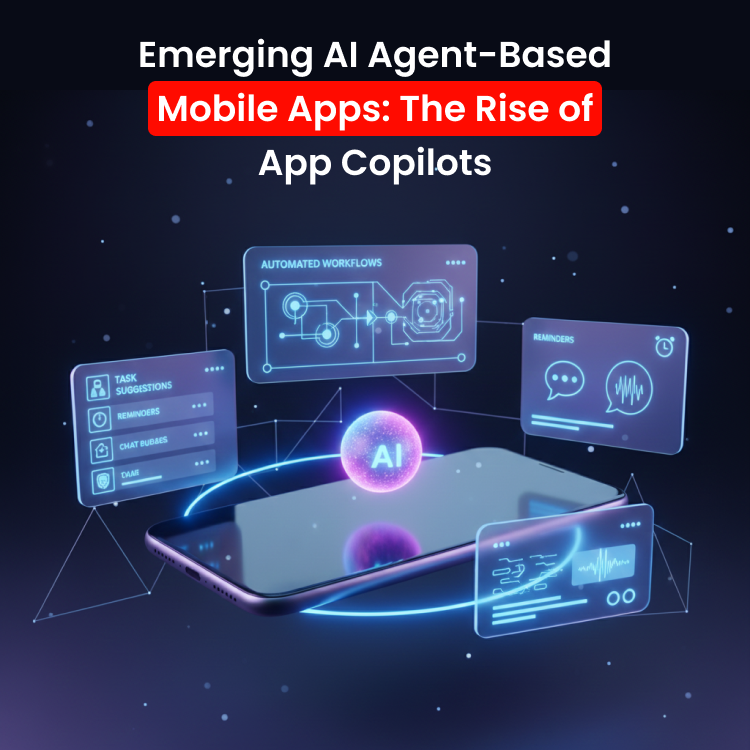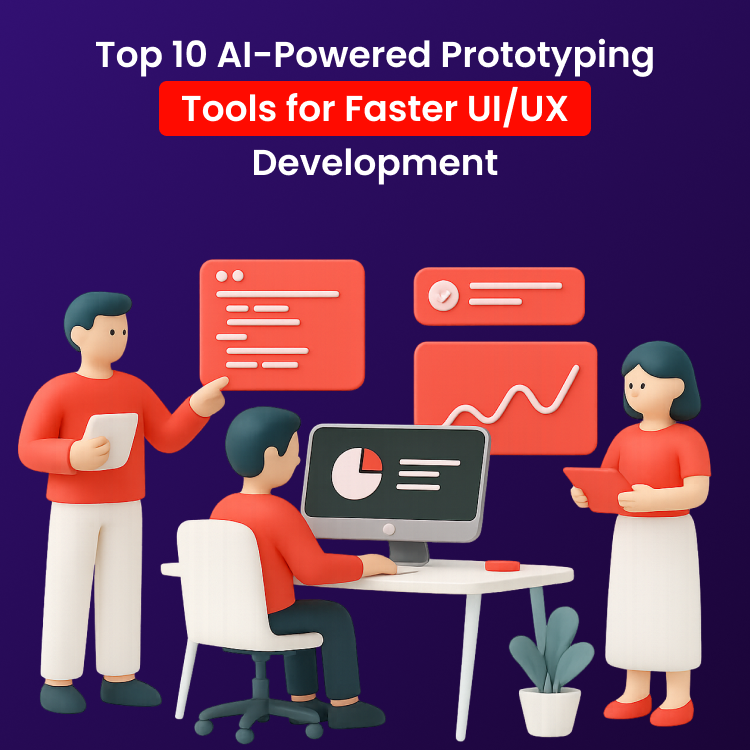

SaaS used to be easier. You would build a product, put it in the cloud, and let users access it from anywhere. That model worked when tools were isolated and user expectations were limited. But things changed. Modern SaaS users anticipate quick updates, smooth integrations, and uniform experiences on all devices.
This change has set a higher standard for Saas product developement. Teams now need to create systems that can grow fast. These systems should connect with outside tools and support many interfaces without failing. Slapping an API on top of a finished product no longer works.
That’s why more SaaS companies are choosing API-first development. It’s a smart way to create products that are easier to maintain, quicker to build, and ready to connect to whatever comes next.
Understanding API-First Development and Its Role in SaaS
API-first development means starting with the design of the API before writing any code. It creates a framework for how services will communicate. This ensures that everything built later follows a clear and consistent pattern.
Here’s how it differs from traditional development:
- Traditional approach: The backend or frontend is built first. APIs are added later. This often leads to limited flexibility and poor integration.
- API-first approach: APIs are planned upfront, allowing all teams to work with the same contract from the start.
In modern SaaS, this method supports:
- Faster multi-platform development
- Easier third-party integrations
- Consistent behavior across services and interfaces
Why Smart SaaS Teams Start with API Design First?
Starting with APIs isn’t just a technical decision—it shapes how the entire product comes together. When the API is defined upfront, it becomes a shared guide for all teams, not an afterthought.
Here’s why it matters:
- Clear structure from day one means fewer misunderstandings between frontend, backend, and design teams.
- Faster alignment allows teams to build in parallel without blocking each other.
- Less rework since changes to business logic or UI don’t require reshaping the whole system.
This method creates a more reliable product, better teamwork, and quicker delivery. All of these are important in today’s fast-paced SaaS world.
How API-First Makes SaaS Platforms Easier to Scale and Adapt
An API-first approach naturally leads to modular systems where each service can operate independently. These services have clear APIs. They help product teams add features, support more users, or change parts of the system. This can be done without stopping the whole application. This separation supports a microservice-style architecture, which is well-suited for growth.
For platforms that expect a lot of traffic or quick feature growth, this setup helps avoid technical problems. For example, an ecommerce website design company can build a SaaS tool. They can scale their checkout engine, update product listings, or add personalized recommendations. This can be done without causing disruptions on the platform. This approach aligns well with modern saas web application development services focused on flexibility and scalability.
API-first development provides the flexibility needed to meet customer demand while keeping systems reliable and responsive.
Why API-First Makes Third-Party Integrations Much Simpler
APIs that follow a consistent structure are easier to work with. They reduce friction for developers who want to connect external tools to your product.
With standardized APIs:
- Partners and clients can build custom integrations faster.
- You get smoother connections with tools like CRMs, analytics platforms, and payment gateways.
- Marketplaces can list your SaaS product as integration-ready, helping expand your reach.
It all adds up to better user experience and stronger collaboration across platforms.
How API-First Speeds Up SaaS Web Application Development
In an API-first setup, frontend and backend teams don’t have to wait on each other. Once the API contract is defined, both sides can start building at the same time. This reduces delays, keeps workflows moving, and helps avoid last-minute integration issues.
Teams can use mock servers to mimic real API responses. This lets frontend developers test interfaces before the backend is ready. Combined with automated testing, this leads to faster development cycles and fewer surprises during deployment.
Future-Proofing SaaS Applications by Separating Frontend and Backend
Separating the frontend and backend through APIs gives product teams more flexibility. The frontend can be changed without affecting the backend logic. The backend systems can also be updated or replaced without breaking the user interface.
This makes it easier to adapt to new technologies or scale specific parts of the product. Over time, it also helps SaaS teams avoid being locked into outdated tools or frameworks.
Why Standardized APIs Make Developer Onboarding Smoother
- Clear documentation helps new developers get started quickly.
- Consistent endpoints reduce confusion and guesswork.
- Swagger/OpenAPI tools make APIs easy to understand and test.
- Less back-and-forth with senior team members during setup.
- Standard structures lower the chances of integration errors.
- Developers can contribute faster with minimal hand-holding.
- Teams stay aligned by following a shared API contract.
Strengthening Application Security Through Centralized API Management
Controlling API access through one place makes it easier to protect data. You can manage tokens, limit requests, and log activity without jumping between systems. This setup helps meet security requirements like GDPR and SOC 2. API gateways enforce rules. They also keep everything organized. In SaaS product development, using centralized API access is essential for ensuring secure and scalable system architecture.
Driving Customization and Personalization in SaaS with API-First Design
APIs give users the ability to shape their own experience. They can build custom workflows, adjust interfaces, and connect data the way they need. This works well for platforms that support different business types or need white-label setups without changing the core product.
Building a Developer Ecosystem Around Your SaaS Product via Public APIs
When developers outside your team can use your APIs, they can build new features, connect other tools, or create add-ons. That kind of access helps your product reach more people. It also makes your software more useful in different places. This is especially true if you support a plugin system or app store.
How API-First Enables Agile Development and Faster Time to Market
When APIs are designed first, product teams can move faster. Frontend and backend developers work in parallel. Changes are easier to manage. You can ship smaller updates more often and get feedback sooner. This helps teams offering saas web application development services stay on schedule and avoid long delays.
Conclusion
API-first development helps create software that runs well, connects easily with other tools, and grows without issues. It saves time, supports better teamwork, and makes the product easier to maintain. To get help building SaaS products with this approach, visit Rainstream Technologies.





